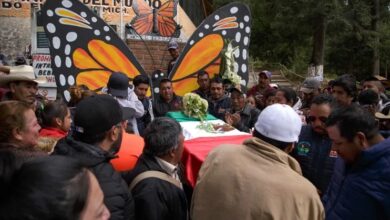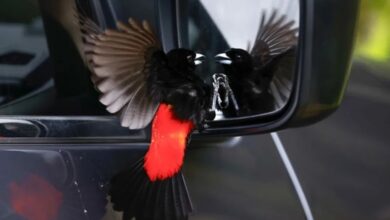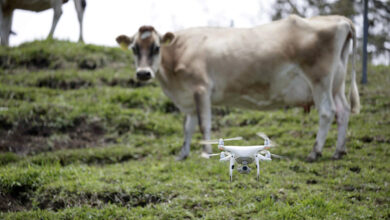Costa Rica Bets on Butterflies to Rewild Science—and Rural Livelihoods
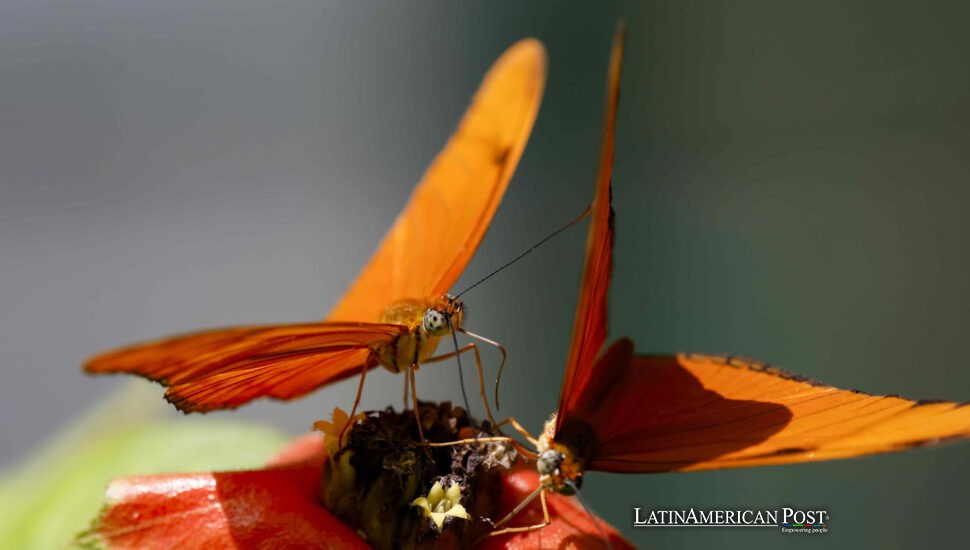
In a nation the size of West Virginia, Costa Rica’s butterflies do more than decorate postcards—they pollinate, prune, feed food webs, and sustain rural incomes. Scientists warn that naming them is urgent; without names, conservation stalls and ecosystems quietly unravel everywhere.
Name Them, or Lose Them
Walk into the humid hush of Biophilia Park in Quepos, and the future glints on a pin: jade chrysalises shaped like lanterns, marigold cocoons flecked with silver, rows of wings mid-transformation. Entomologist José Montero has replicated the butterfly life cycle more than 15,000 times, studying each phase, each molt, each fragile emergence—and discovering how much we still don’t know. “We cannot conserve what has no name,” he told EFE, arguing that taxonomy is not a luxury but the foundation of conservation itself.
Costa Rica already reads like a field guide to planetary biodiversity: around 18,000 species of moths—the least studied members of the Lepidoptera order—and 1,600 butterfly species, which account for about eight percent of all diurnal species on Earth. That density makes the country a living laboratory. Yet Latin America’s butterfly science remains in its infancy.
Montero has already identified 103 new moth species in Costa Rica and is describing more than 100 additional species, the result of decades spent examining museum drawers and field collections. Each name anchors a network of knowledge, including host plant, habitat, predators, and migration patterns. Without those anchors, extinctions pass unseen. For Montero, naming is a moral act. “Each species has a story; if we don’t name it, we erase it,” he said.
Costa Rica’s fame as a biodiversity superpower rests on such quiet work—the cataloging, the mapping, the persistence. Naming species, he insists, is a form of nation-building: the scientific equivalent of writing the country’s autobiography before its pages vanish.
The Gardeners of a Living Republic
The modest butterfly hides an immense job description. Montero calls them “the gardeners of the planet,” and his reasoning is elegantly simple. Caterpillars prune leaves, shaping the growth of plants. Adults pollinate flowers, weaving genetic diversity across landscapes. Both feed predators—from microbes to monkeys—sustaining food webs that connect the tropics. Even their droppings fertilize the soil like tiny, slow-release compost.
Their presence signals ecological balance; their absence warns of collapse. Yet butterflies and moths often appear only as logos, not as living infrastructure. We plant slogans but permit the clearing of their host plants. “If we accept that butterflies are gardeners, then environmental policy must treat them as staff, not as wallpaper,” Montero told EFE.
That shift means integrating standardized butterfly and moth monitoring into environmental impact assessments, expanding protected buffers around known host trees, reducing light pollution that disorients nocturnal moths, and funding the patient work of field surveys with the same seriousness reserved for jaguars or macaws.
Montero’s plea is practical: once a species is named, it gains advocates—and advocates change policy. The first step is not romantic; it is bureaucratic. Put them in the registry, and everything else—from funding to protection—follows.
From Pupae to Paychecks
Butterflies in Costa Rica are not only ecological assets; they are also economic engines. For three decades, under strict biological oversight, family farms have reared butterfly pupae for export to museums and butterfly houses in the United States, as well as in Germany, Russia, and the United Arab Emirates. Approximately 400 families participate, generating around $3 million annually.
Add to that the country’s unmatched density of mariposarios—butterfly gardens that also serve as tourist magnets—and you have an industry that combines science, education, and livelihoods. “A child pressing their face to the glass of a mariposario today may be the next field technician tomorrow,” Montero said. The instant a blue morpho bursts from its cocoon, science becomes wonder.
Yet the “pupae-to-paycheck” pipeline faces pressure. Rising temperatures and erratic rains are altering hatching schedules. Ethical certification, fair pricing, and technical support will be essential if smallholders are to adapt. Montero and his colleagues envision “butterfly corridors”—planting native host species between mariposarios, agroforestry plots, and reserves, turning the countryside into one continuous living classroom.
The beauty market must never outrun the meadow that sustains it. Fashion brands, artists, and advertisers have long borrowed butterfly imagery. Montero argues that they should help finance the science behind it, such as scholarships for rural youth, surveys of remote regions, or the restoration of key habitats. Culture profits from butterflies; culture can help pay their rent.
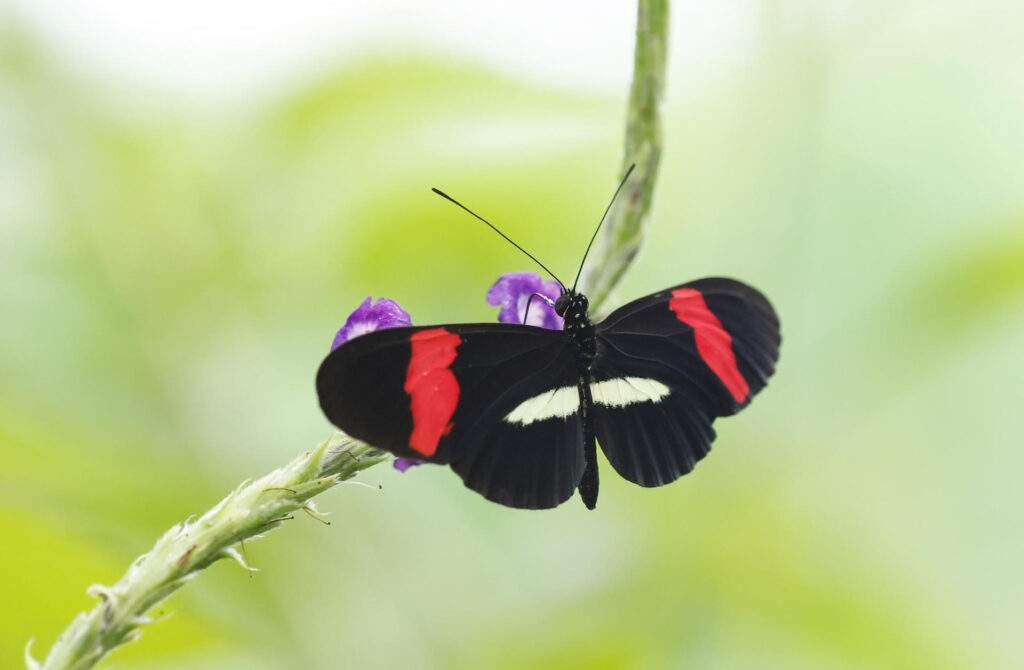
A Youth Movement With Moonlight and Microscopes
The most challenging work ahead is not catching specimens—it’s catching imaginations. Latin America’s butterfly science, Montero said, “is still too small for the sky we live under.” The solution is to turn fascination into opportunity.
That means scholarships that cover the cost of boots, notebooks, and microscopes—paid internships that place teenagers in museums and mariposarios. Open-data platforms where student projects contribute real records to national biodiversity databases. Community “moth nights” where families hang white sheets and lamps, recording the nocturnal species that daytime tourism forgets.
It also means valuing technical careers—such as rearing, curation, and husbandry—alongside PhDs. The fourth revolution of conservation, Montero insists, “will be won as much by steady hands as by scientific titles.“
Butterflies are storytellers of climate change. When flowering seasons shift and rains arrive late, their wings record it. Train a generation to read those patterns, and Costa Rica gains not just scientists but sentinels—young men and women who can guide the country through a changing planet.
Costa Rica once taught the world that forests are worth more standing than felled. Now, it can teach that the small is mighty—that a flutter of wings can hold together the threads of economy, science, and hope.
Also Read: Peru’s Forgotten Genocide: How Rubber Still Haunts the Amazon
Montero’s life’s work—15,000 life cycles replicated, 103 species described, 100 more awaiting names—is more than a record of discovery. It is a promise kept to a landscape and the people who depend on it. “We cannot conserve what has no name,” he told EFE. The sentence should hang above every ministry, museum, and mariposario in the country.
Name them. Fund them. Protect them. And let the gardeners garden.

